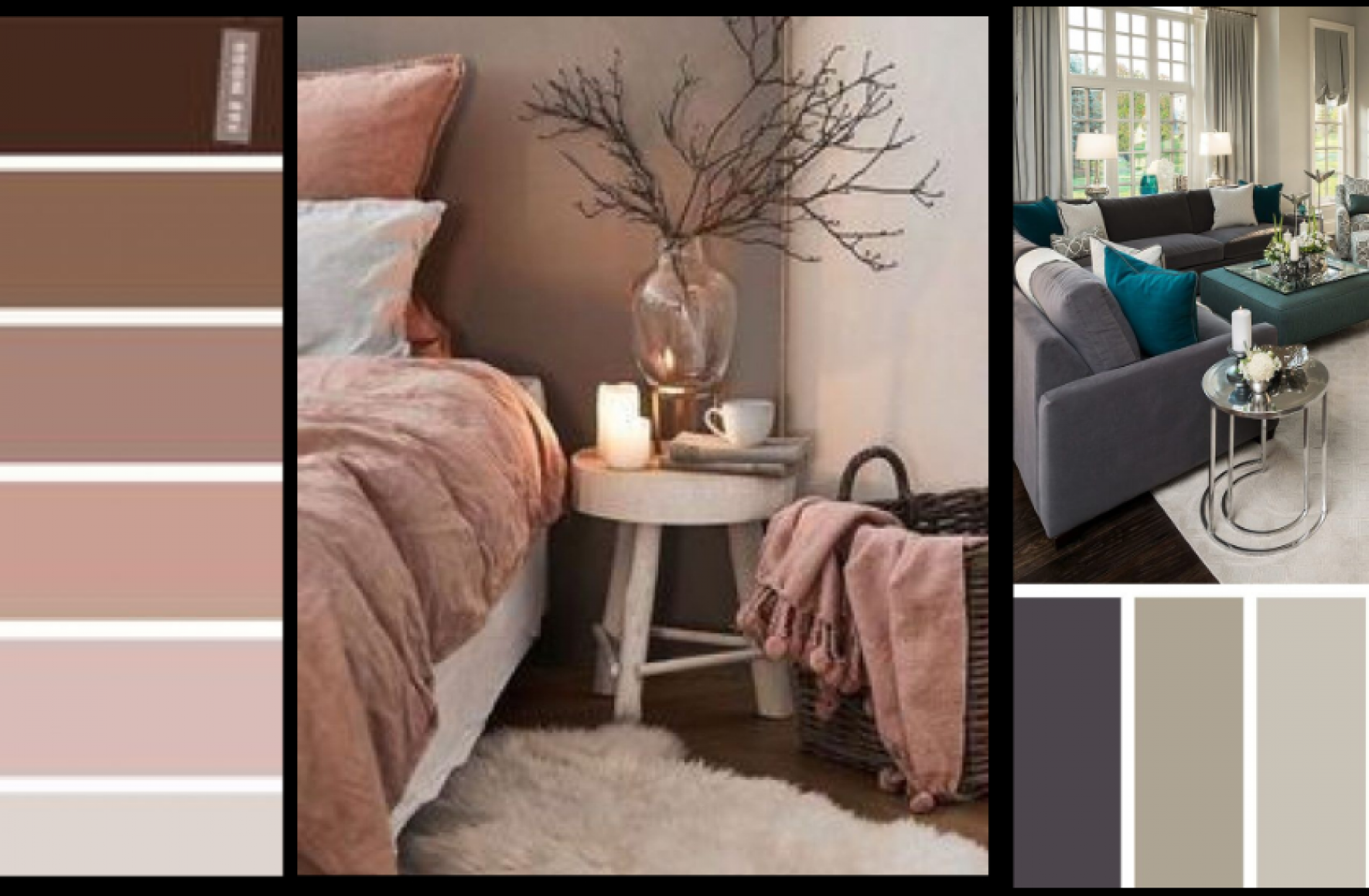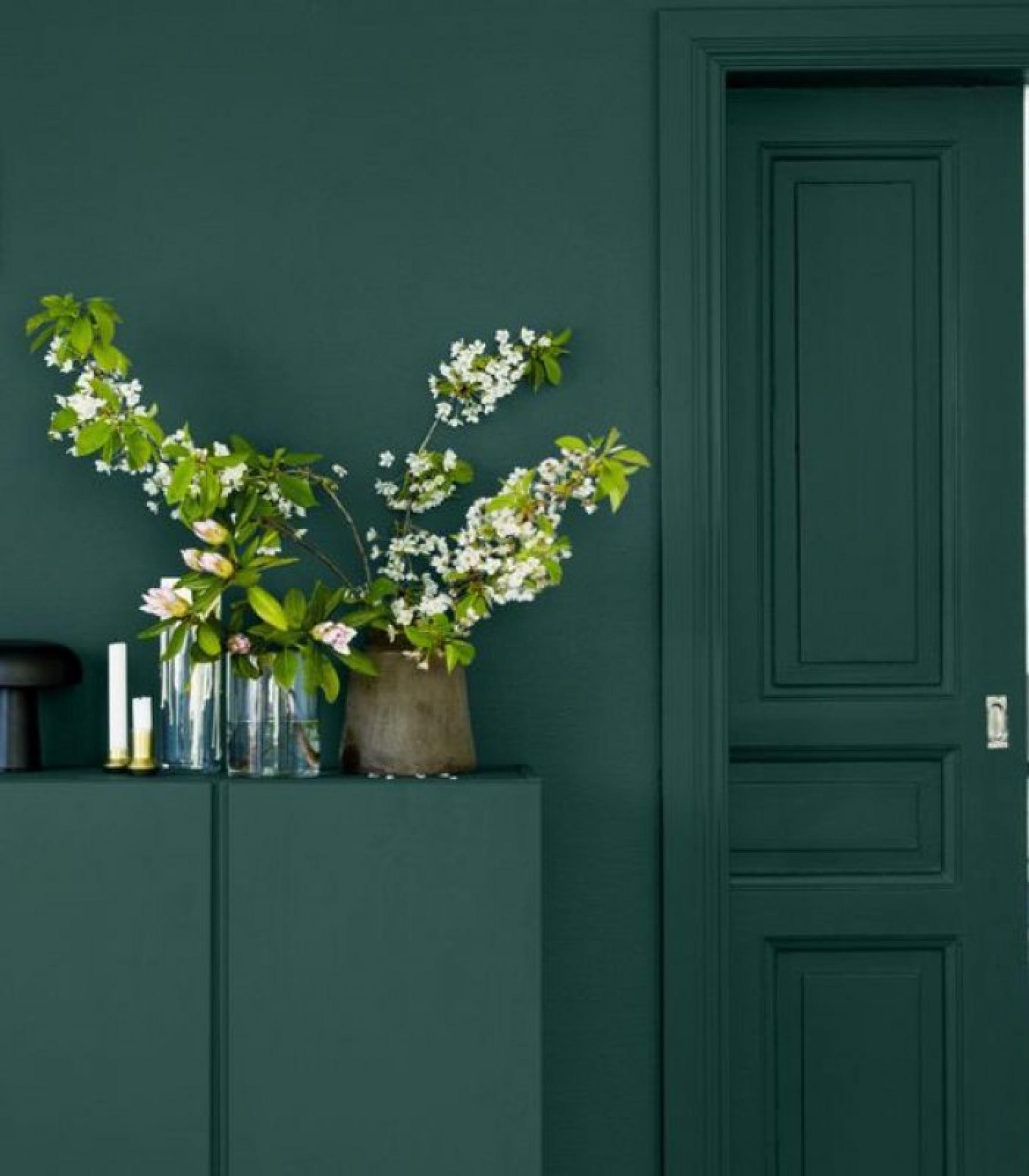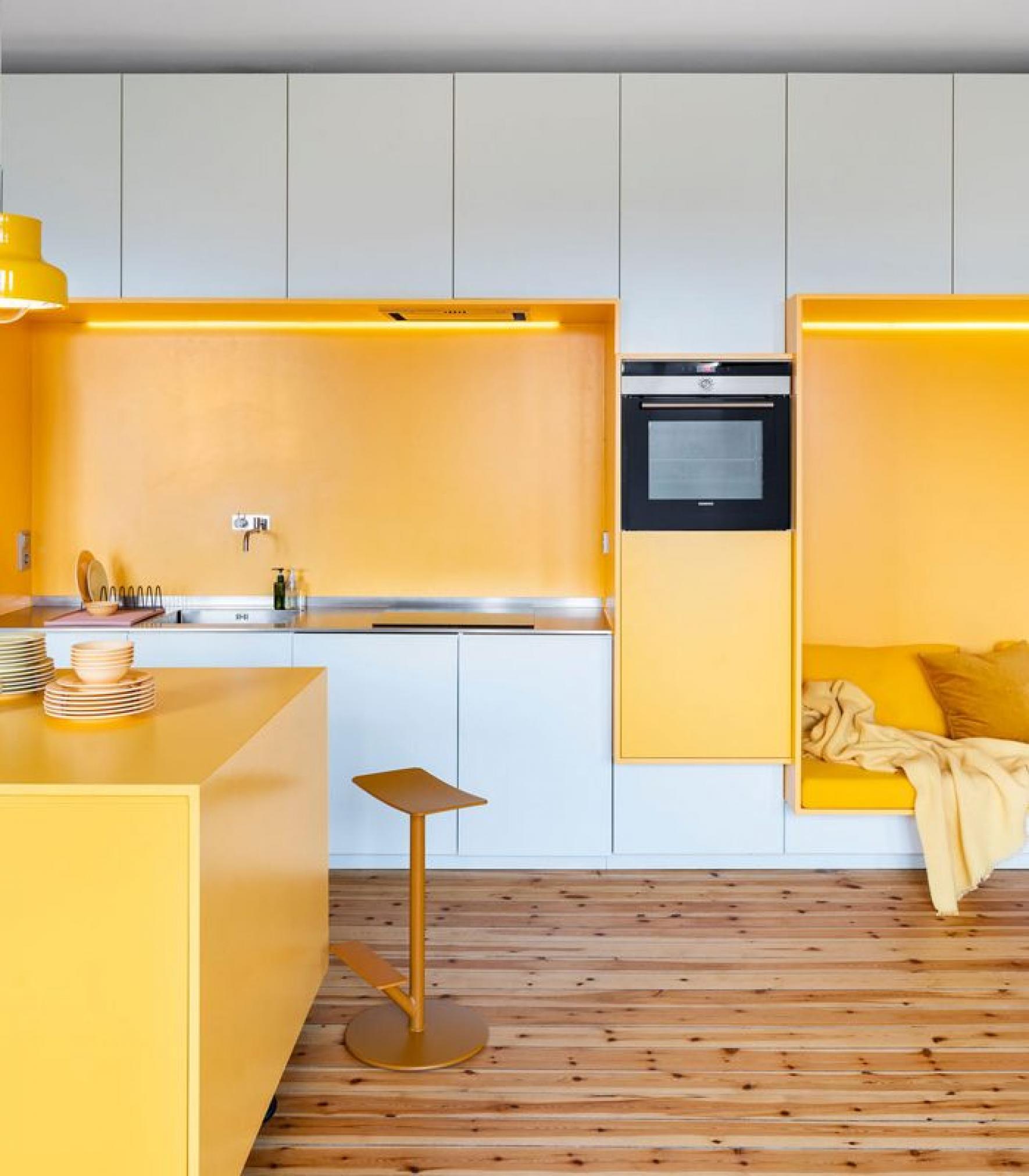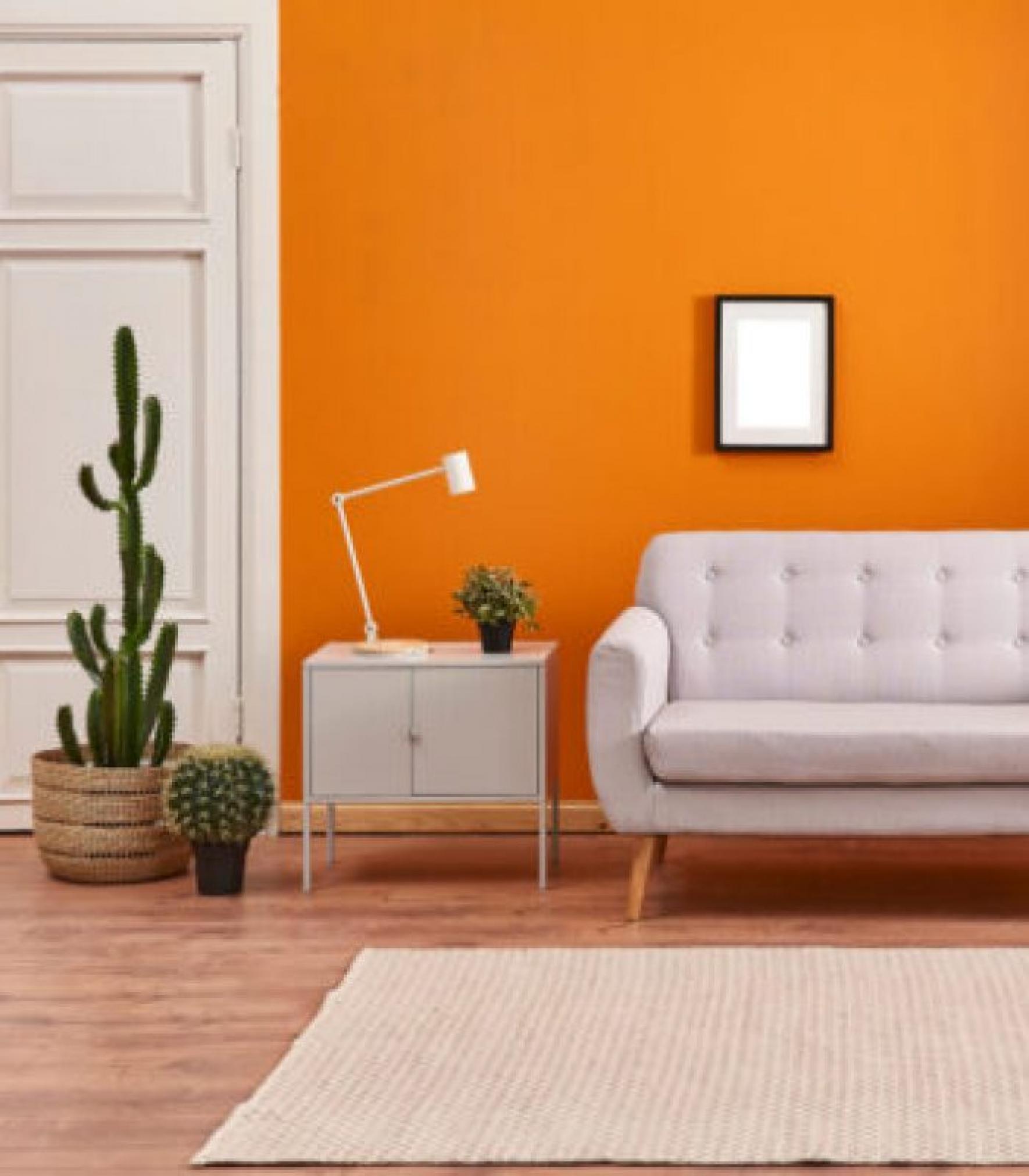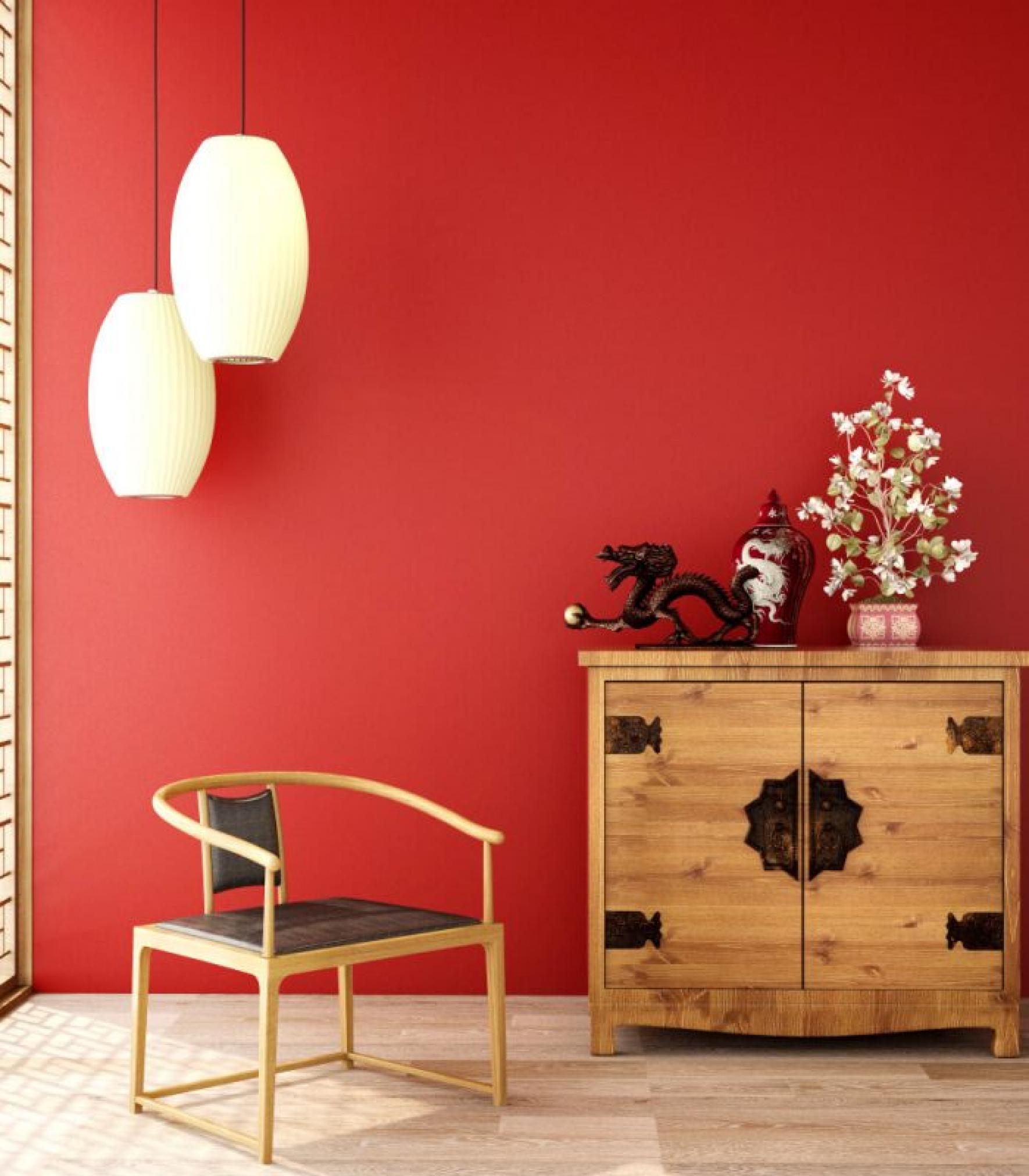How Color Therapy Can Emotionally Uplift Your Home
Ever felt depressed in your own room without knowing why? We may not realize it, but we are unconsciously affected by our surroundings. If you are surrounded by light and airy colors, you may feel more relaxed and positive. If your colors are bright and aggressive, you may feel motivated or possibly annoyed and have no idea why. A conscious color choice can make you have more control over how you feel at home.
Some basic color theory knowledge will help you understand what each color means, and, accordingly, you could create and choose successful color schemes for your home. The good news is, colors do not necessarily translate to paint on the walls. They can be displayed using different materials and textures. Here, we give you the information you need on how to use color therapy in your home.
What is Colour therapy and how does it work?
Architects and interior designers have been using this effect for the benefit of their designs since ancient times. However, an important thing to remember is that the variations of the color can look different depending on the lights used in the room.
It is very helpful to determine the mood of the room first. This will indicate whether you need cool or warm tones. For instance, if you are choosing a color scheme for one of the colder rooms in your house, remember to use some warm tones (i.e. variations of the warm colors of yellow, orange, and red). This will help you avoid making the room feel even colder.
The first step is to consider the primary function of each room. Think what exactly is the main activity going on in this and that space Next, pick a predominant color. Although it can’t be proven scientifically, color consultants say that some hues work better than others at encouraging certain activities. Accordingly, choose a color scheme. Afterward, decide on which material would be best to display this main color.
Color vs Mood:
While the perception of color may be subjective, some colors have a universal influence on most people. Colors in the red area of the color spectrum (red, pink, orange, yellow) are known as warm tones evoking emotions ranging from warmth and comfort to feelings of anger. Colors on the blue side of the spectrum (blue, purple, green) are cool colors. Cool tones demonstrate calmness, but can also call to mind feelings of sadness and indifference.
Colors and their Emotional Effect
Here are some colors and their emotional effect on most people:
1. Blue
Blues are always calming, relaxing, and healing. They are a great choice for places where you want a mood of serenity. Blues are for quiet and soothing spaces. Therefore, they work for most rooms, including spaces with high physical activity like kids’ play areas. Shades of blue and especially indigo work in prayer rooms, meditative spaces, and bathrooms. You can incorporate blue tones into your bathroom by using these elegant mosaic floor tiles made of ceramic.
Additionally, for a serene and tranquil bedroom, you can use blue satin duvet sheets and rugs, while complementing them with white accessories. Using neutral tones of white and grey around the blue pieces will allow the cool blue tones to be more dominant and effective.

